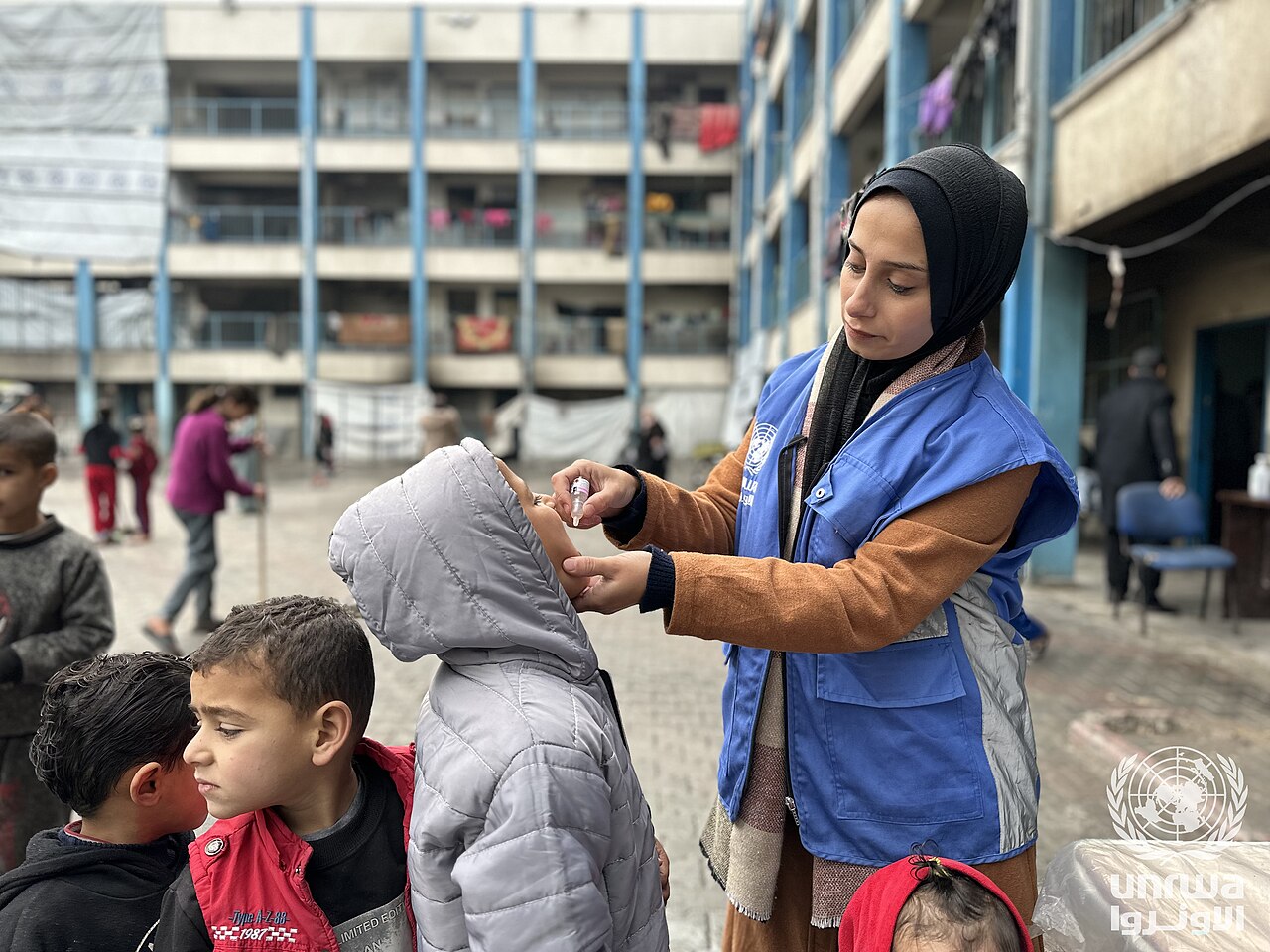In defiance of international condemnation, Israel launched an expanded ground assault on Gaza City. Palestinians evacuated the enclave’s largest urban area in surges amid escalating bombardment.
The same grim outlook now confronts Gaza City, which had largely evaded the fate of destroyed cities such as Rafah and Khan Younis over nearly two years of conflict. According to the health ministry and hospital authorities in Gaza, at least 93 Palestinians were killed in northern Gaza alone on 9 September, and over 100 more were slain throughout the enclave.
The incursion occurs amid warnings from the United Nations and other organizations that the assault will exacerbate an already severe humanitarian crisis. Certain regions of Gaza have been officially declared to be in a state of malnutrition.
Just about one million individuals, or nearly half of the territory’s population, reside in and around Gaza City. Israel has attempted to compel the local populace to evacuate; however, the Israel Defense Forces (IDF) has reported that only 40 percent of individuals have done so thus far.
About Two Million Internally Displaced Persons Reside in Palestine
At the conclusion of the year, approximately two million Palestinians were residing in internal displacement, with the majority of them residing in the Gaza Strip, where they encountered severe humanitarian requirements, according to UN sources.
The living conditions of IDPs were further exacerbated by Israel’s repeated relocation directives and the expansion of its ground operations, which further impeded the delivery of aid. IDPs encountered a variety of challenges, such as severe winter conditions, storms, and flooding, as camps became increasingly overcrowded.
In October 2024, food systems collapsed and aid shipments were impeded, resulting in their lowest levels in a year. In the same month, Israel also declared North Gaza a combat zone and issued relocation directives for the entire population. On November 8, the IPC Famine Review Committee issued a famine alert for the Gaza and North Gaza governorates, while the remainder of the territory was experiencing emergency levels of food insecurity or worse.
The situation of minors, who comprise approximately half of Gaza’s internally displaced persons, was of particular concern. Temporary learning centers were closed due to relocation directives, resulting in a tenfold increase in malnutrition levels since October 2023.
Additionally, displacement resulted in an increasing number of children being separated from their families, resulting in approximately 17,000 minors being unaccompanied as of August. They experienced severe psychological trauma as a result of displacement, loss, and violence. A number of children succumbed to hypothermia, and the risk of disease transmission and contamination were exacerbated by water and sanitation challenges.
Gaza was subjected to unprecedented devastation. As of the conclusion of 2024, approximately 92 percent of its 436,000 housing units were either damaged or destroyed. This, in conjunction with the destruction of roads, hospitals, schools, and other public infrastructure, resulted in 14 times more detritus than all global conflicts since 2008 combined.
Consequently, IDPs will encounter substantial long-term obstacles in their efforts to reestablish their lives and livelihoods.
Nearly a Quarter Million Displacement Since Mid-August
The Israeli military has employed a variety of operational tools to notify Gaza City residents to evacuate, such as voice messages, leaflets, text messages, and phone calls, in order to ensure that the maximum number of individuals are informed.
The Israeli military announced on September 16 that it had expanded the ground operation in Gaza city on September 15, striking over 850 targets over the past week. The operation is still ongoing in Rafah and Khan Younis. Israeli military ground operations and bombardment have continued to generate additional surges of displacement, particularly from Gaza city, in conjunction with displacement orders.
Over the past week, approximately half of the more than 246,800 displacement movements that have been recorded since mid-August occurred. There are increasing reports of displaced families attempting to survive by resting on the streets or in makeshift tents.
In the Palestinian enclave, Israel has been accused of genocide over the course of nearly two years, including this month by the world’s largest group of genocide scholars. Local authorities have reported that the campaign has resulted in the deaths of over 64,000 residents.

